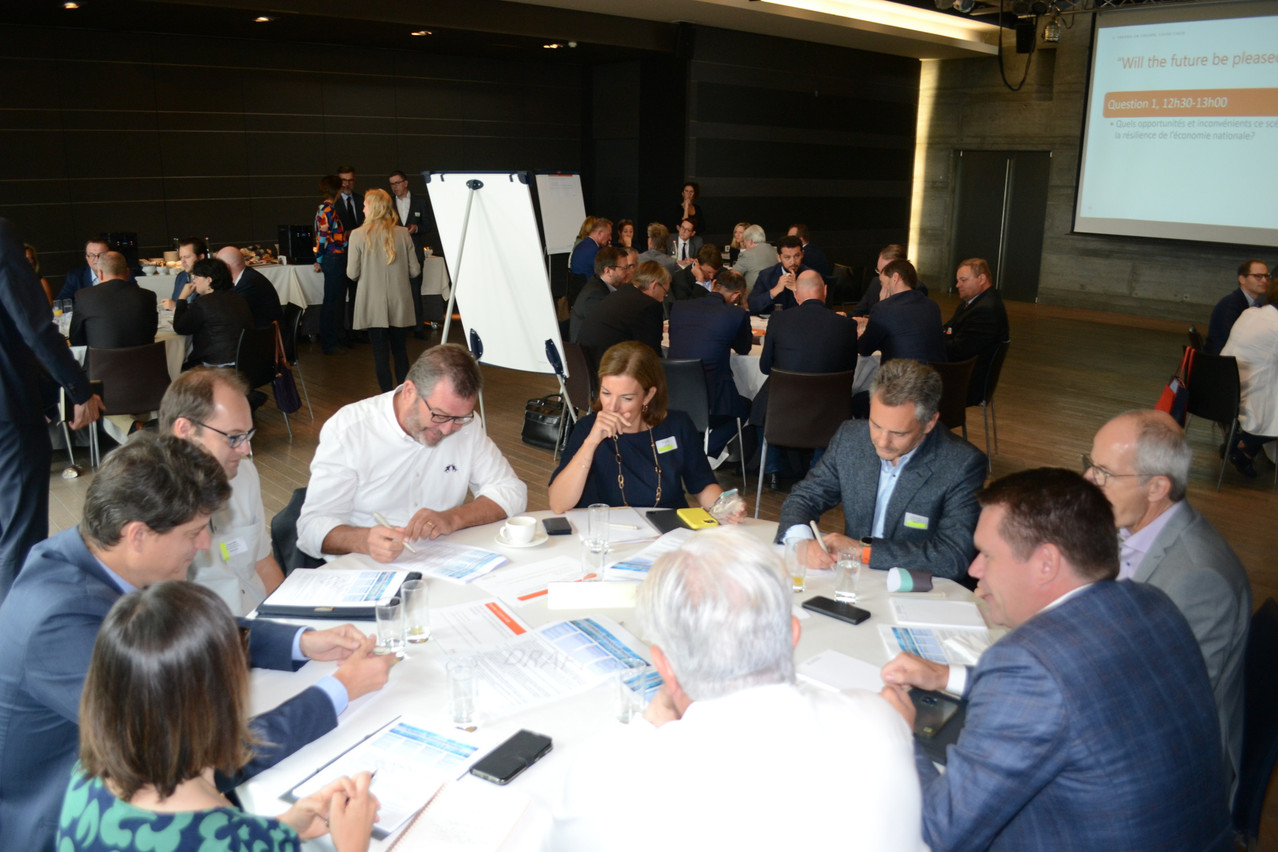During two workshops in June and July saw eight scenarios being identified which have now been narrowed down to five. The aim of Luxembourg Stratégie’s collaborative work with the company directors is to create a foresight tool to support strategic decisions that would help the grand duchy’s economy evolve into being competitive and resilient.
Even if certain scenarios are neither desirable nor desired, the risks they present are plausible and independent of the strategic choices to be made
By identifying different scenarios, the working group aims to ensure that the grand duchy can bounce back from shocks to its economy and to transform into being more efficient in terms of energy.
"Luxembourg Stratégie is a participatory platform that does not dictate the future but works to foresee all possible futures so that we do not suffer from them,” said economy minister (LSAP). “Therefore, even if certain scenarios are neither desirable nor desired, the risks they present are plausible and independent of the strategic choices to be made,”
To be set in stone in 2023
Fayot highlighted that all scenarios must be considered to ensure the transition to a more resilient economy. Those taking part in the discussions exchanged on the advantages and disadvantages of each of the identified possible cases, elaborating further the existing drafts.
The scenarios will be presented at the annual public conference of Luxembourg Stratégie, to be held at the Maison des arts et des étudiants in Esch-Belval on 17 and 18 October. They will also be subject to public consultation and will be ratified in March 2023.

